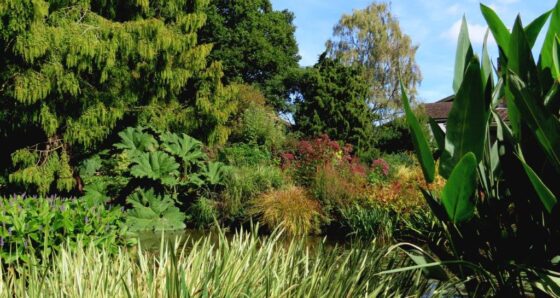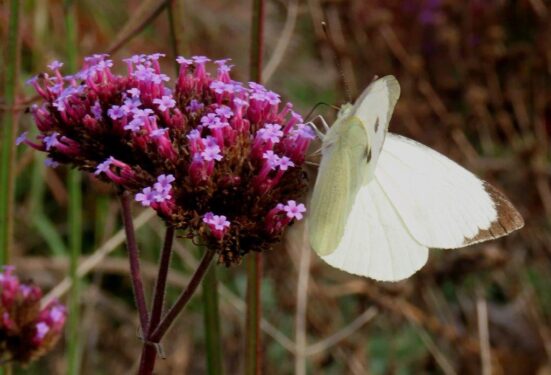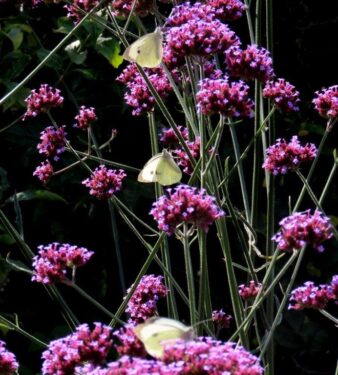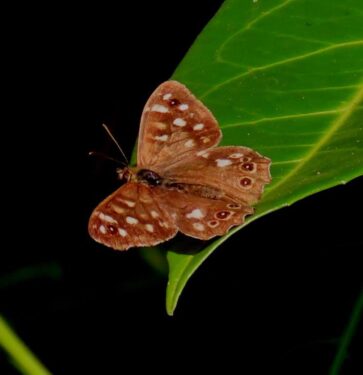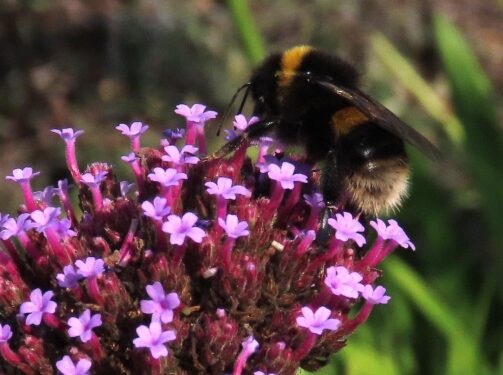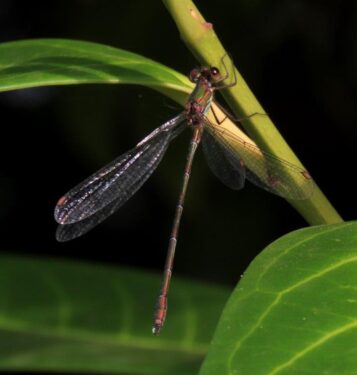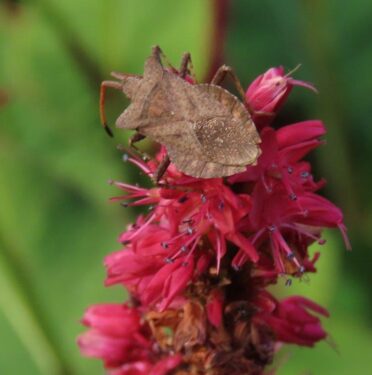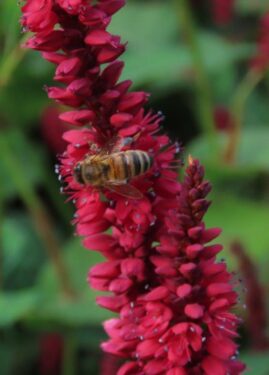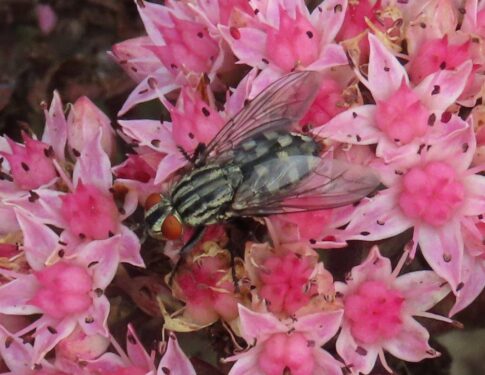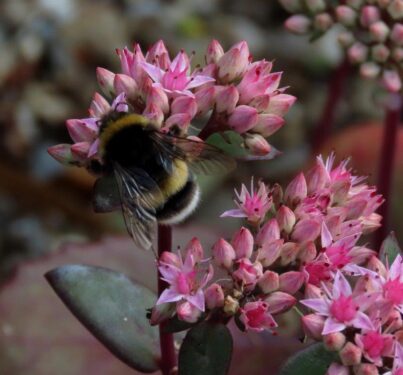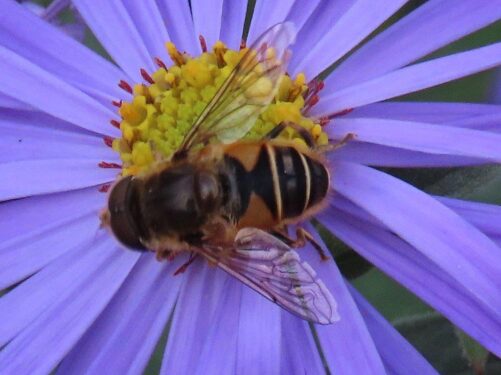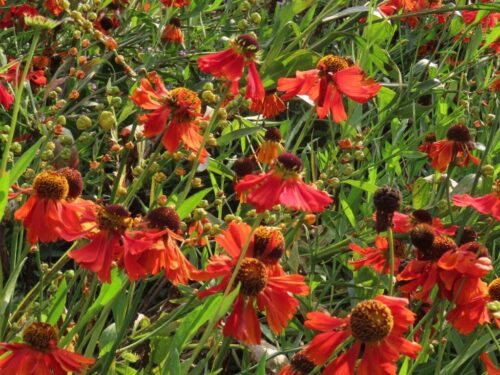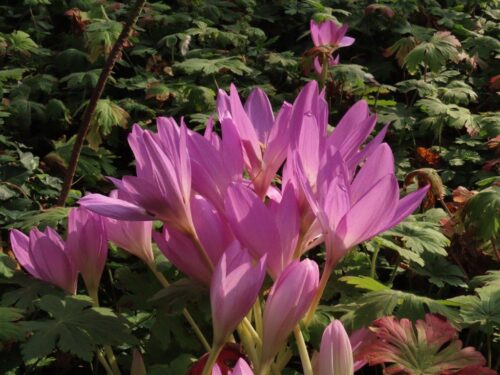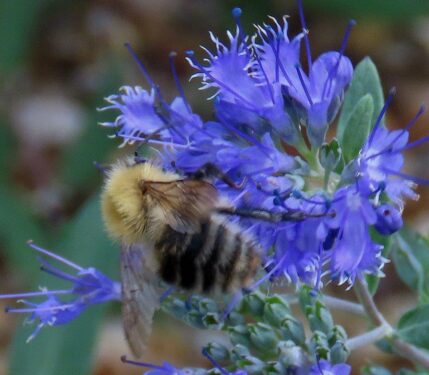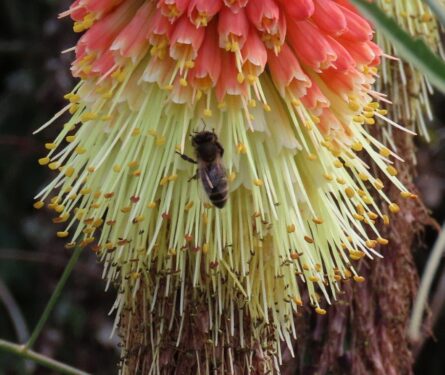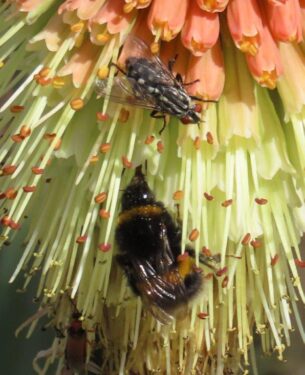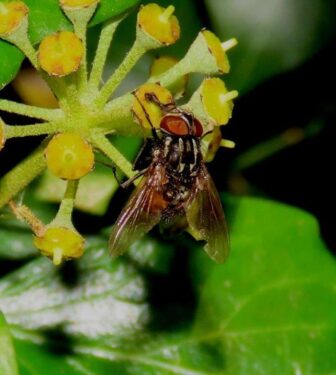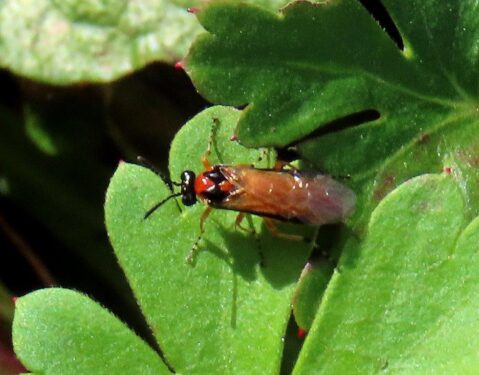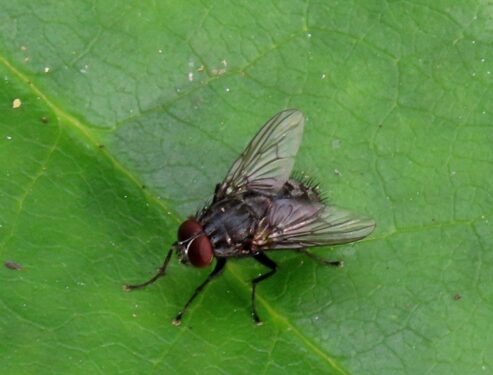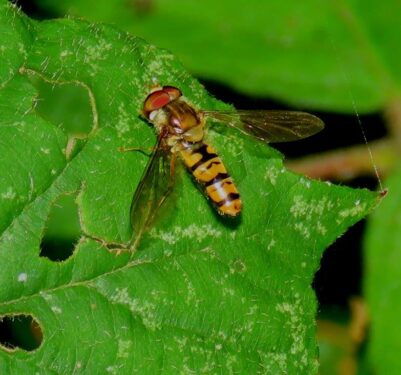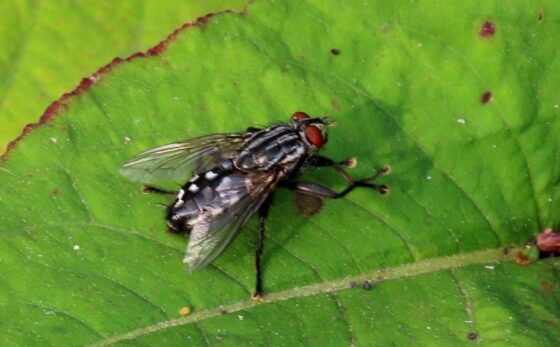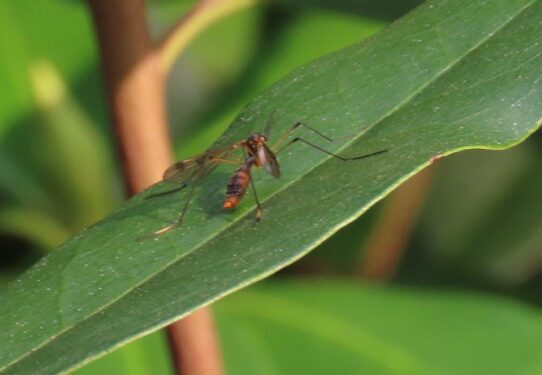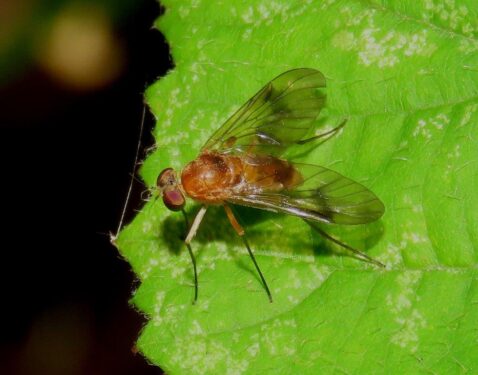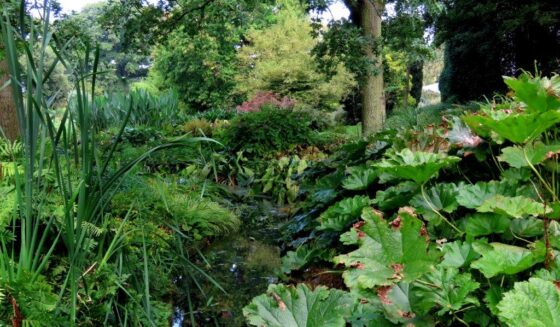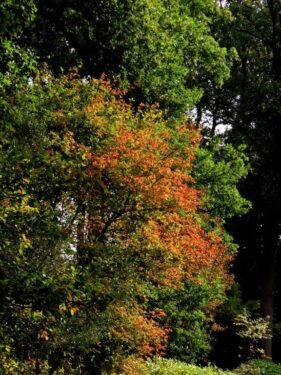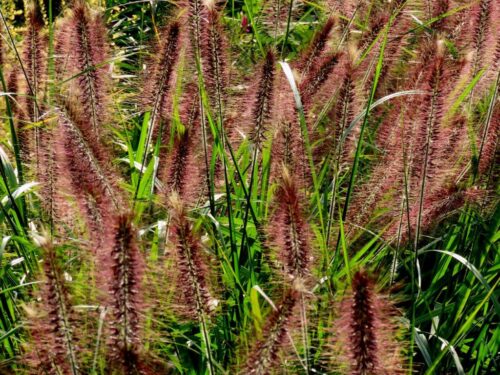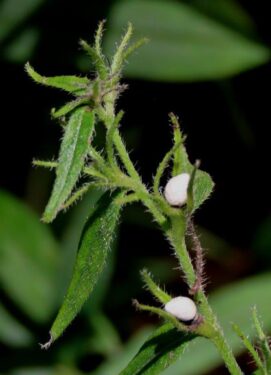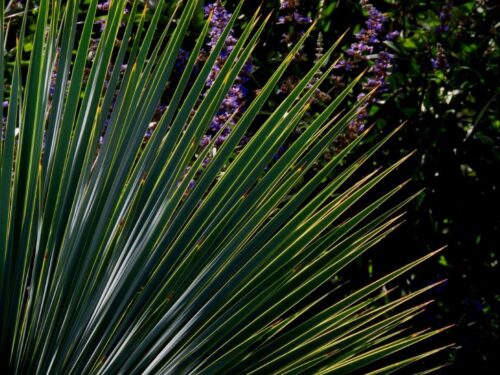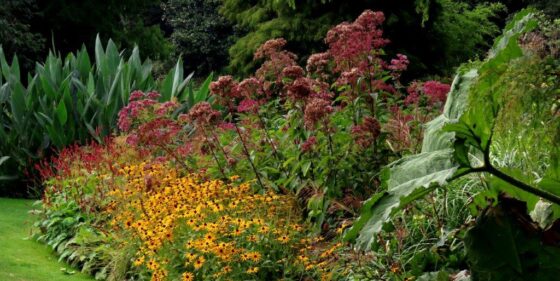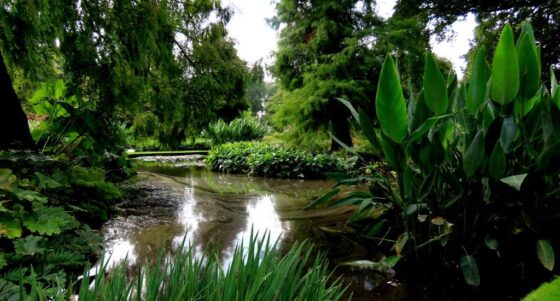My final Wandering Naturalist events of the summer were bizarrely on one of the warmer days of the summer, despite the equinox fast approaching; around 45 visitors over the two walks went away (hopefully) satisfied!
Not only warm, but as busy as I have seen it all year both for people and for butterflies. The latter were mostly Large and Small Whites, with a very few Speckled Woods, Red Admirals and Commas.
The butterflies mostly favoured Verbena bonariensis, which also fed many a bumblebee…
Migrant Hawkers and Common Darters provided flashes of dragonfly colour, with Willow Emerald damselflies more unobtrusive but still stunning in the right light.
A pollen and nectar powerhouse for the past six weeks, Bistorta amplexicaulis in all its varieties was still going strong, albeit slightly past its best but still drawing in social wasps, Honeybees and a host of other insects such as Dock Bugs.
But as summer blooms fade, so the stars of autumn assert themselves, especially Hylotelephium iceplants and Symphyotrichum Michaelmas-daisies, both genera with unfamiliar names (Sedum and Aster, respectively, until recent genetic analysis) and both hugely attractive to flies and bees.
And of course there were still plenty of other nectar and pollen sources, despite the unpredictable weather of summer …
… including just a few bits of flowering Ivy. This is the last great floral bonanza of the British landscape, and plays a similarly key role in gardens, even given the availability of other nectar and pollen resources. Here it is attracting Graphomya maculata, a rather sparsely distributed relative of the House Fly in north Essex.
Several of the beds were swarming with Turnip Sawflies, actually a type of wasp, more numerous than I have ever seen before…
… and a final selection of flies completes the insect story.
Two however deserve special mention because of their scarcity: Ptychoptera contaminata is a wetland crane-fly which on the maps on the Essex Field Club website has only a dozen or so localities in the northern half of the county, and the snipe-fly Chrysopilus laetus has only one dot in the whole of Essex (and I know there have been more records than that, as I found it in Hockley Woods near Southend a couple of years ago, a spot that hasn’t found its way onto the map).
It’s autumn. Robins singing wistfully, Buzzards mewling overhead, greenscapes being transformed slowly, or indeed rather quickly in the case of Amelanchier, always the harbinger of autumnal russets.
And yes, it is time too for fruits and seeds. Most berries were still ripening, fruiting grasses were taking centre-stage, and ivory-white nutlets of Purple Gromwell added a touch of the exotic to birdfood-fest to come.
If anyone wants to join me on a nature walk around the gardens, I hope that Meet the Wandering Naturalist will be returning next summer.I do have a couple of walks this autumn, but they are special events for Friends of the Garden. If that might tempt to join, you can find full details here! Membership & Vouchers – Beth Chatto’s Plants & Gardens
Blogs of the previous Meet the Wandering Naturalist events this summer can be found here:
April: The Wild Side of Beth Chatto Gardens: among the April showers… | Chris Gibson Wildlife
May: The Wild Side of Beth Chatto Gardens: the height of Spring | Chris Gibson Wildlife
June: The Wild Side of Beth Chatto Gardens: is summer finally here? | Chris Gibson Wildlife
July: The Wild Side of Beth Chatto Gardens: focus shifts to the ponds | Chris Gibson Wildlife
August: The Wild Side of Beth Chatto Gardens: Summer peaks, Autumn approaches… | Chris Gibson Wildlife
